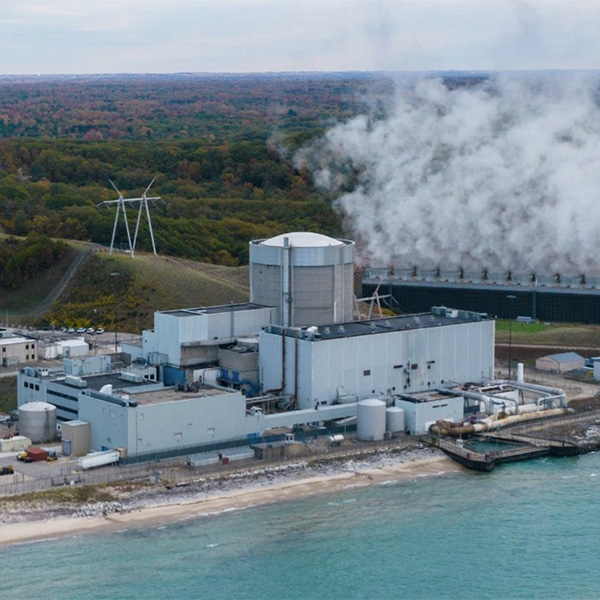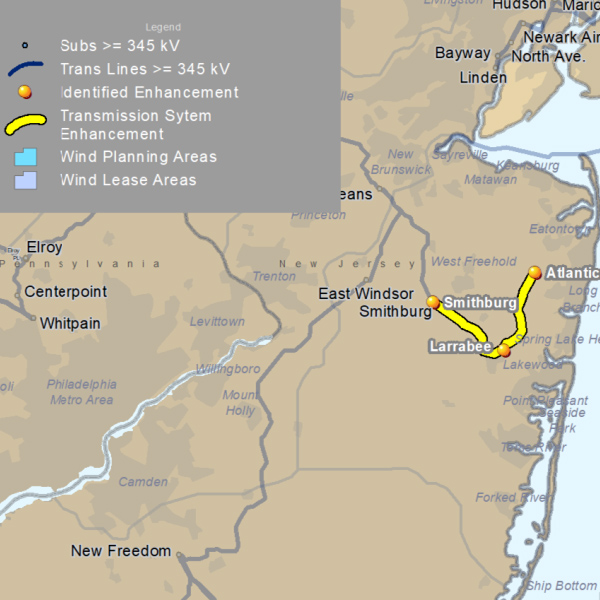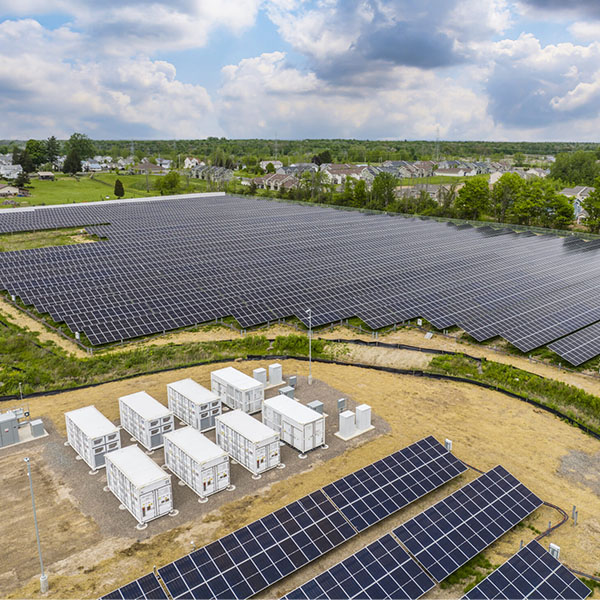New Jersey
New Jersey's latest draft investment plan for its Regional Greenhouse Gas Initiative funds would broaden the state's portfolio to include electrifying multifamily housing and accelerating investment in wind and solar infrastructure.
Two laws signed by New Jersey Gov. Phil Murphy aim to dramatically expand the state’s community solar and storage incentive programs as the state searches for new generation sources to help meet a predicted energy shortfall.
The company that plans to restart the Palisades nuclear facility in Michigan is pushing to build four 300-MW small modular reactors on the site of the decommissioned Oyster Creek Generating Station in New Jersey.
The work was designed to help connect the New Jersey offshore wind projects to the grid.
New Jersey launched the first phase of a new storage incentive program, aiming to develop capacity of 1,000 MW of transmission scale projects.
New Jersey legislators have pushed ahead with a series of energy proposals, among them plans to harness wave, nuclear and storage.
A Republican vigorously pushing gas and nuclear generation will face a Democrat who favors solar as a way to meet the state’s growing electricity needs.
Atlantic Shores Offshore Wind is putting its 1.5-GW New Jersey offshore wind proposal on hold due to oppositional actions by the Trump administration.
New Jersey legislators have backed a package of clean energy bills to promote small modular nuclear reactors and to better deal with data center issues.
The New Jersey Board of Public Utilities has approved new grid modernization rules the agency says will make the process of launching new distributed sources easier and faster.
Want more? Advanced Search










